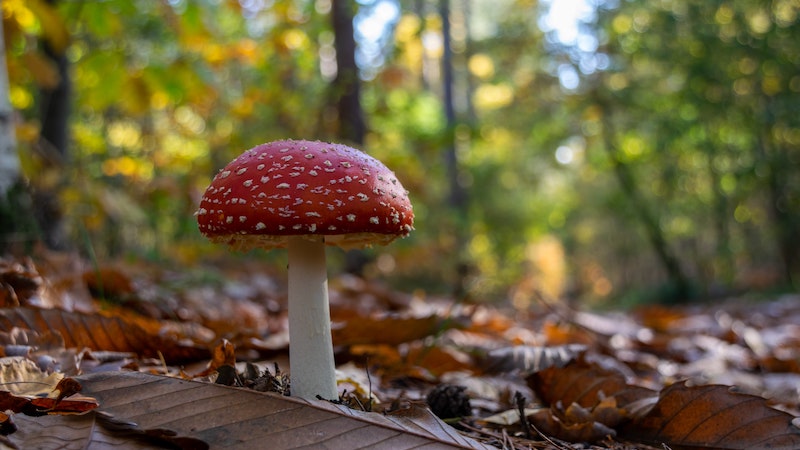Creativity
Episode #7 of the course Introduction to positive psychology by Psychology Insights Online
Welcome back! What do Thomas Edison, Leonardo da Vinci, Walt Disney, Marie Currie, and Steve Jobs all have in common? Well, despite being incredibly successful in their chosen careers, they are often cited as being among the most creative people in history. In this lecture, we are going to explore what it means to be creative and the role it plays in the human experience.
In our previous lectures on topics such as well-being, flow, and mindfulness, we explored concepts that are largely based on cognitions and emotions. They are most often described by how people think or feel. However, when we describe creativity, we also introduce language alluding to some kind of output. We identify creative people by what they do, how they perform, the products/services they make etc. We can all recall creative people that we have met (maybe you are one of those people), but how is this concept defined? In fact, positive psychologists have long struggled with how to best define creativity.
A largely agreed-upon definition did eventually emerge. For an idea to be considered creative, it should be both original and adaptive (Kaufman & Beghetto, 2009). This means that is very likely to be new or novel and to be useful for solving some type of problem. For example, you may (or may not) be a fan of Bitcoin, but the programming that contributed to the Blockchain (and hence Bitcoin) is undoubtedly a creative idea. It is novel, as in there is really nothing else like it, and it solves real-world problems such as peer-to-peer transactions without the need for a third party intermediary. Although a creative idea can be hard to conceptualize, we all tend to know one when we see it. Research on creativity has also lead to a distinction between little-c and big-C creative ideas. Little-c ideas are those, which may solve a smaller issue that is personally relevant to you, whereas big-C creative ideas are usually more innovative and broadly impact society.
Now that we have covered what creative ideas are, the next logical question is what does a creative person look like? All of us have some degree of creativity, yet some people just seem to have more. Researchers have investigated a number of individual differences in creativity. For instance, many studies have assessed the role of the Big Five personality traits (openness, conscientiousness, extraversion, agreeableness, neuroticism) on creativity. In aggregate, the results suggest that people who are higher on openness to experience tend to have more creative ideas than people who are low on this trait. Openness describes the extent to which someone is curious, imaginative, and enjoys adventure/novelty. In contrast, both neuroticism (emotional instability) and conscientiousness (a tendency toward organization, control, and cautiousness) are associated with lower creativity (Feist, 1998).
In addition to personality traits, highly creative people also tend to have different patterns of thinking (Runco, 2014). Convergent thinking describes a way of solving problems by taking several pieces of separate information, and then bringing them all together to find a solution. Conversely, with divergent thinking, problems are solved by bringing together many different sources of information and being open to more than one potential solution. Perhaps unsurprisingly, highly creative people are more likely to adopt divergent thinking strategies when faced with a problem. In essence, they can identify novel solutions, which may be overlooked by people who are less creative.
Ok, so from what you have read so far, it may sound like creativity is something you either have or you don’t, but is this true? Can you become more creative if you want to? Well, the answer is maybe. While personality traits are not set in stone per se, they are also not easy to modify. In his book on creativity, Csikszentmihalyi (2013) outlines some strategies that can help you to think more creatively. Somewhat predictably, he recommended that people seek out activities that can lead to flow states. Csikszentmihalyi believed that the enjoyment people receive through flow, as well as the lack of distraction, is fertile ground for creativity. He also suggested that we should try to be curious and explore new opportunities. In doing so, we may develop new interests. In addition, we can make an effort to “clear our schedule”, thereby making more time for creative pursuits. Csikszentmihalyi advised that it is important for us to develop good habits and routines. We need to make time for work, but also play. People who organize their schedules tend to achieve greater balance in their lives.
That brings us to the end of this lecture on creativity. Tomorrow, we will be covering the role of spirituality and religion in positive psychology. See you then!
Recommended book
Creativity: The Psychology of Discovery and Invention by Mihaly Csikszentmihalyi
Share with friends

